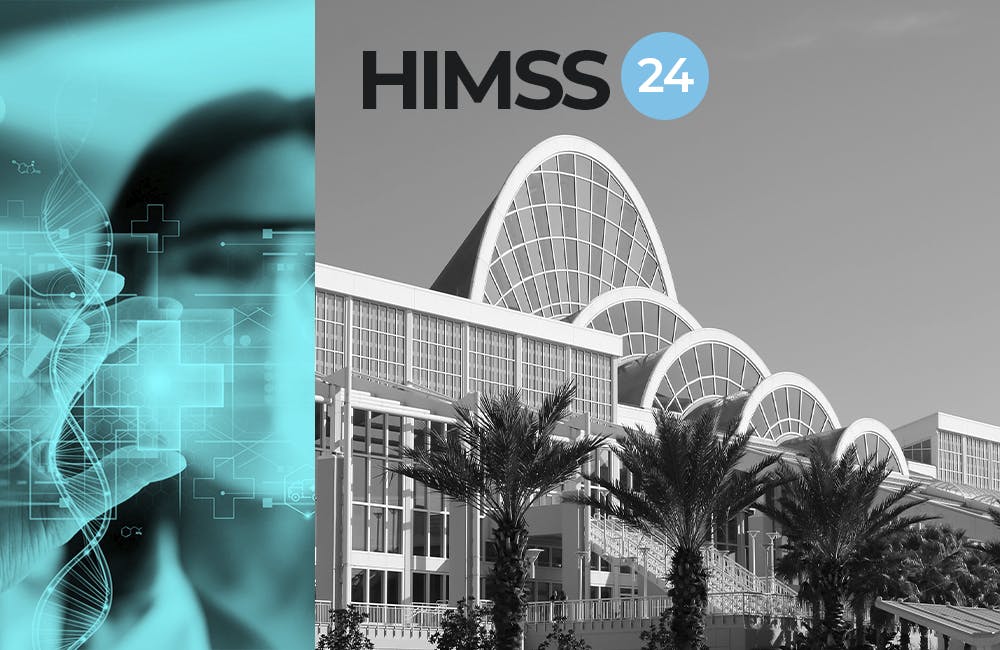MHS Genesis Making Waves Beyond Initial Operating Capability
DHA leaders discuss the first wave of the new defense electronic health record.

The military’s new electronic health record program, MHS Genesis, has moved beyond rollout at initial operating capability sites and will begin rollout in the “Travis Wave” (named for Travis Air Force Base, one of the first bases in the wave) Sept. 7.
The IOC teams worked with both Defense Department and Department of Veterans Affairs clinicians to find “evidence-based best practices” on electronic health records, said Bill Tinston, the program executive officer for MHS Genesis at the Defense Health Agency, at the 2019 Defense Health IT Symposium.
MHS Genesis is a joint program between DHA and VA intended to create one centralized patient record for the lifespan of soldiers and their families. Tinston said both agencies are working on a daily basis to develop the long-term configuration of the system, not just the “day-to-day implementation.”
Major General Lee E. Payne, the functional champion for the MHS Genesis program, spoke on the benefits of the new system. MHS Genesis will serve as one common patient record on the Cerner platform, in line with the record keeping at the VA. Moreover, MHS Genesis integrates with the Joint Legacy Viewer, allowing medical professionals to read patient records from legacy systems ahead of full legacy system integration.
“This is going to be a seamless enterprise,” Payne said.
The IOC sites leveraged Agile methodology in developing MHS Genesis. Solutioning teams led 19 sprints “focused on IOC sites’ priorities,” such as radiology and referral management. The methodology helped the teams adapt to challenges in the initial deployment, including standardization of equipment and ensuring the infrastructure was in place ahead of deployment.
One of the biggest lessons learned was how to approach user-training strategy on the new system.
“We made the common mistake IT professionals make,” Tinston elaborated in a later interview. “We taught IT.”
Once the MHS Genesis team reworked user training to focus on the mission rather than the mechanics behind it, the medical professionals rapidly learned how to use MHS Genesis and integrate it into health care.
From now on, training includes both computer-based and instructor-based learning. Tinston said the strongest change was including workflow assessments – bringing in evaluators to ensure not only that “the system functions” but also that professionals understand MHS Genesis in practice.
When it comes to data protection and security, Tinston said the overarching perspective is that “it’s the patient’s data” for life and that it is DHA and VA’s responsibility to safeguard that data.
MHS Genesis developers have delayed some aspects of the rollout to properly vet the “internet of things” for vulnerabilities.
“Medical devices are the weak link,” said Payne. The team is taking a proactive stance to mitigate risk ahead of deployment.
Following the Travis Wave for MHS Genesis is the Nellis Wave, which will include Nellis Air Force Base in Nevada, as well as several other bases in California and will begin in summer of 2020. Approximately three months later, the Pendleton Wave (to include Camp Pendleton) will begin, building upon the lessons of the Travis and Nellis waves.
“This is the first attempt to industrialize the deployment process,” Tinston said of the Travis Wave, emphasizing that it will set the standard for the “repeatable process” of rolling out MHS Genesis.
“In the end, it’s about transforming the way we deliver care,” concluded Payne.
“Our focus is the patient, not the IT solution,” Tinston concurred.
This is a carousel with manually rotating slides. Use Next and Previous buttons to navigate or jump to a slide with the slide dots
-

DOD Has a New Cyber Resiliency Assessment Program
Defense officials tout the continuous assessment feature and scalability of the new program amid increased cyber threats.
5m read -

Transitioning Systems for Modern Agency Missions
IT modernization is a constant process necessary for improving customer service, mission delivery and collaboration.
40m watch -

Cyber Resilience and Recovery Amid Evolving Cyber Threats
Data durability is a key aspect of NIST’s cybersecurity framework for public and private organizations.
21m listen -

How Tech Enables Environmental Justice at EPA
The agency wants to eliminate bias and establish new tech standards to reduce greenhouse gas emissions.
39m listen








